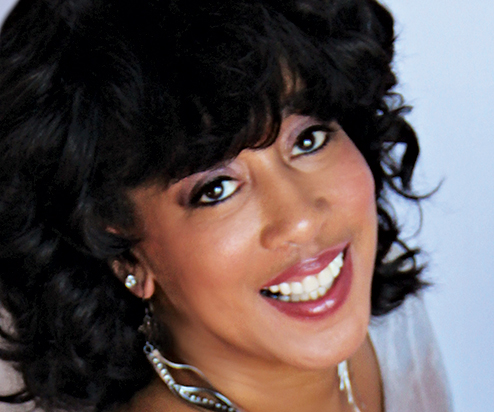Over the summer, Marilyn Peek Juan broke both her arms, tripping over her Golden Retriever, Bogey. Still, she managed to maintain her calligraphy business herself.
How? It’s a bit of a trick question. Juan’s Greenwich-based Greenleaf Ink Calligraphy is a 17-year-old digital business, handling everything from wedding and bar/bat mitzvah invitation envelopes to place cards by machine. Using a Lettering Bed, which actually holds a fountain pen, as well as the more common and cost-efficient inkjet printer, Juan is able to turn out envelopes in less time and at a fraction of the cost of traditional calligraphy.
The state-of-the-art InScribe equipment allows for 50 styles in any color ink, while hand calligraphy uses several in black ink.
“With something less formal, it’s good, because you can have fun with colors,” Juan says. Her brides, however, are still traditionalists, preferring ecru-colored envelopes with black ink. (According to her informative website, paper made from cotton is preferable to that made from wood pulp as it does not disintegrate. For this reason, U.S. paper currency is made from cotton.)
So digital calligraphy is cheaper, faster and more versatile. But, Juan says, “each envelope looks the same. You don’t get the individuality of hand calligraphy, which is really beautiful. It’s a real art.”
Still, if you’re looking to channel the majority of your resources elsewhere or to have something more adventurous, digital is the way to go, as is Juan, whom etiquette doyenne Letitia Baldridge (Jacqueline Kennedy’s social secretary) dubbed “the queen of stationery.” That’s because there’s a lot more that goes into addressing an event envelope than plunking down a name and address. For example, an invitation to a boy up to age 9 is addressed to “Master” So and So. If he is age 10 to 17, no title is used, and 18 and over, he’s a “Mr.”
Gay partners are listed alphabetically on two separate lines. Married doctors are The Doctors Jones or, less traditionally, The Drs. Jane and John Jones.
Wedding invitations are even more complicated. “Is it a religious service?” Juan asks. “Black tie? Are their stepparents involved?”
You have to know your bible – which in this case is “The Crane’s Blue Book of Stationery.” And Juan knows her “Crane’s.”
It wasn’t always thus. She became a stockbroker in 1987 on the day the market crashed. (Her father, the late Walter Peek, teased her by saying, “Now look what you’ve done.”) Juan took a job coordinating engraved stationery at Cartier Inc., where she learned from the late George Raymond and where her clients included Baldridge. She also honed her skills at Dempsey & Carroll, stationery engravers since 1818, and passed them along to Tiffany & Co. in Greenwich, where she was known as “Monday Marilyn” for the day of the week on which she’d impart the formal rules of the trade.
Along the way, though, she decided to turn her knowledge into a home-based business.
Juan would fax her order (the invitation wording) down to an engraver in Florida, who would hand-engrave the text onto a copper plate. The plate and paper stock would be sent up to the printing press in Bridgeport to produce invitations that had the feel of etchings.
Another process, Juan says, is a less expensive alternative called thermography.
“A thermographed invitation feels like the ink is raised from the paper,” she says. “There is also photoengraving, but that is an article in itself.”
When the invitation order was completed, Juan would then address each envelope with her digital calligraphy machines. But once she married in 2003 and became a stepmother, Juan dropped the engraved invitation end of the business to concentrate on digital calligraphy.
It’s by no means all sitting by a machine.
“I get friendly with (my customers),” she says. “I read about their weddings in the paper. It’s just a very personal business and that’s what I love about it.”
For more, visit greenleafinkcalligraphy.com.



Thanks for the great article, Georgette!